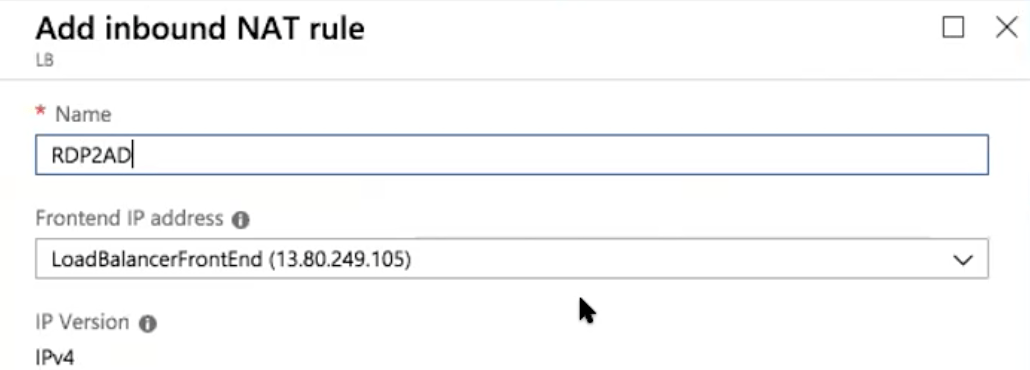

- #Cat proc cpuinfo virtual address 64 Bit#
- #Cat proc cpuinfo virtual address 32 bit#
- #Cat proc cpuinfo virtual address download#
Note that the total amount of available virtual address space is different from the largest amount allocatable in one go, since you can only mmap a sequential amount of memory.įor example consider the simple case of 32 bit pointers with the following segments: 00020000-000204ff /usr/bin/executable
#Cat proc cpuinfo virtual address 64 Bit#
This is not 64 bits on a 64 bit processor, but can be determined by cat /proc/cpuinfo | grep "address sizes" which yields address sizes : 42 bits physical, 48 bits virtualĪddress sizes : 42 bits physical, 48 bits virtual However, the size of the virtual address space is determined by the cpu your program is executing on. Segment information is available in proc/self/smaps. Not every file has cpuinfo or meminfo-level information in it that's valuable to a sysadmin, but the information is possibly important to developers, hardware manufacturers, or vendor troubleshooting personnel.Since you are explicitly talking about available virtual memory, you need to find the parts of the virtual address space which are currently unallocated. Some files are more valuable than others to the human mind. Most of the files have names that describe the information that they contain.

In the next installment of this /proc filesystem series, I'll explain the information given in the files. Many of the regular text type files contain hardware and system information and you may cat them as you would any other text file. This file contains information about your CPU(s). Model name : Intel(R) Core(TM) i5-7360U CPU 2.30GHzįlags : fpu vme de pse tsc msr pae mce cx8 apic sep mtrr pge mca cmov pat pse36 clflush mmx fxsr sse sse2 ht syscall nx rdtscp lm constant_tsc rep_good nopl xtopology nonstop_tsc eagerfpu pni pclmulqdq monitor ssse3 cx16 pcid sse4_1 sse4_2 x2apic movbe popcnt aes xsave avx rdrand hypervisor lahf_lm abm 3dnowprefetch fsgsbase avx2 invpcid rdseed clflushopt md_clear flush_l1dĪddress sizes : 39 bits physical, 48 bits virtual They do contain information or else why would they be there?įor example, display the cpuinfo file to the screen and you'll see what I mean. However, these /proc files, like the /proc filesystem itself ( procfs), are virtual. Ordinarily, a zero-sized file means that it contains no content. You'll notice that a long listing ( ls -l /proc) reveals that the regular text files have a size of 0. To list or open those files, you have to be root. There are a few files in each directory that regular users can't read. Ls: cannot read symbolic link /proc/411/exe: Permission deniedĪrch_status fdinfo numa_maps smaps_rollup Ls: cannot read symbolic link /proc/411/root: Permission denied Ls: cannot read symbolic link /proc/411/cwd: Permission denied

Below is a listing of the /proc/411 directory. Inside those process-numbered directories, there are more files that have to do with the processes themselves. For example, in the first column, there are processes with the numbers 1, 10, 1055, 1057, 1059, and so on.

The numbered files are directories that correspond to process numbers or process IDs (PIDs). If you look at the files under /proc, you'll see a lot of them (150+), depending on how many processes you have running. Note: I'm accessing files and directories under /proc as a standard user and not as root unless otherwise noted. In this article, I'll take a deep dive into its contents and what value you, as a sysadmin, can glean from it. The /proc filesystem appears to always exist because it's built at boot time and is removed at shutdown, but it is actually a virtual filesystem that contains a lot of relevant information about your system and its running processes.
#Cat proc cpuinfo virtual address download#
Download RHEL 9 at no charge through the Red Hat Developer program.


 0 kommentar(er)
0 kommentar(er)
